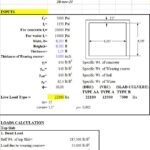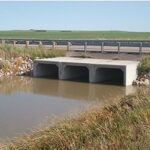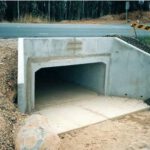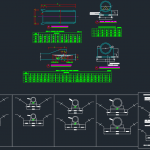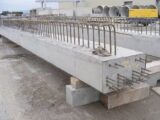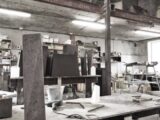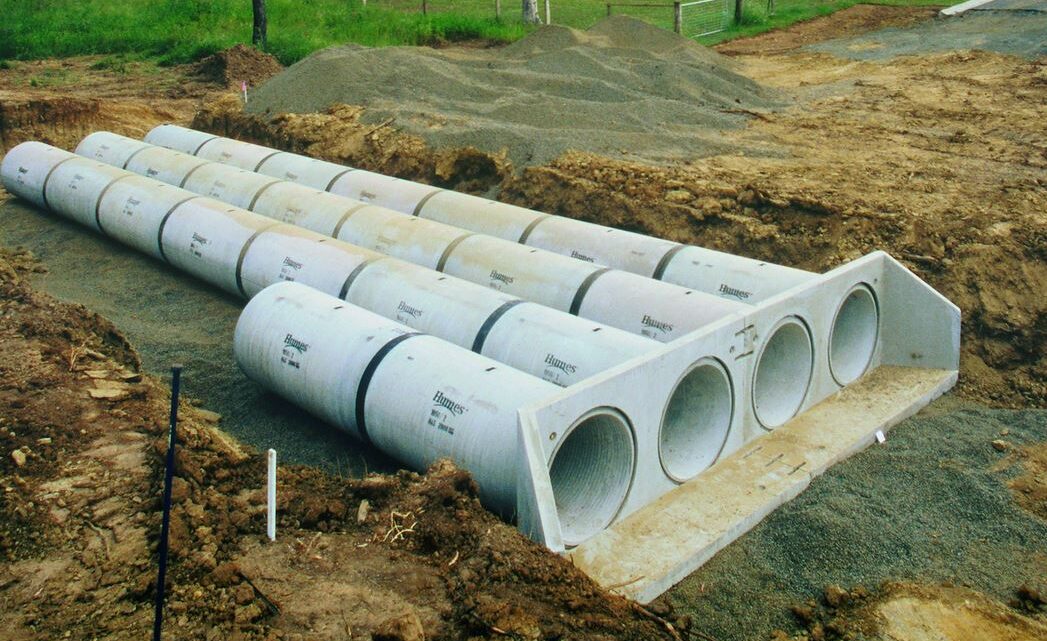
What Is a Culvert? – Types of Culverts
10 July 2021Table of Contents
What Is a Culvert? – Types of Culverts
Introduction
Culverts are one of those things that seem so obvious that you never take the time to even consider them. They are also so common that the practically blend into the background. But without them, life in this world would be a bit more complicated.
Imagine you are designing a brand new roadway to connect point A to point B, it would be nice if the landscape between these points was perfectly flat, with no obstructions or topographic relief. But, that’s rarely true. More likely, on the way, you will encounter hills and valleys, structures and streams, and you will have to decide how to deal with each one.
Your road can go around some obstacles, but for the most part you will have to work with what you have got.
A roadway has to have gentle curves both horizontally and vertically, so you might have to take some soil or rock from the high spots and build up the low spots along the way, also called cut and fill.
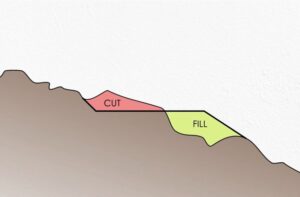
But you have got to be careful about filling in low spots, because that’s where water flows. Sometimes it’s obvious like rivers or perennial streams, but lots of watercourses are ephemeral, meaning they only flow when it trains.
If you fill across any low area in the natural landscape, you run the risk of creating an inpoundment. If the water get through your embankment, it’s going to flow over the top. Not only this lead to damage of the roadway, it can be extremly dangerous to motorists and other vehiclets.
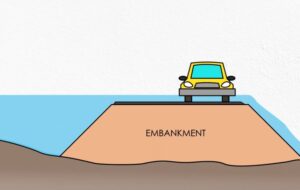
One obvious solution to this problem is a bridge : the classic way to drive a vehicle over a body of water. But, bridges are expensive. You have to hire a structural engineer, install supports, girders and road decks. It’s just not feasible for most small creeks and ditches.
So instead we do fill the low spots in, but we include a pipe so the water can get through. That pipe is called a culvert, and there’s actually quite a bit of engineering behind this innocuous bit of infrastructure.

A culvert really only has two jobs : it has to be able to hold up the weight of the traffic passing over without collapsing, and it has to be able to let enough water pass through overtopping the roadway. Both jobs are pretty complicated, but it’s the second one which is the most important.
Factors influencing the hydraulics of a culvert :
In fact, there are eight factors that can influence the hydraulics of a culvert :
- Headwater, or the depth of flow upstream of the culvert
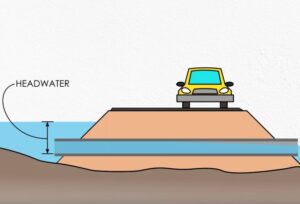
- The cross-sectional area of the culvert barrel
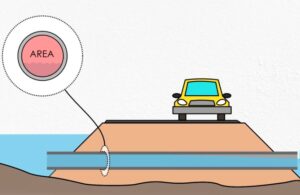
- The cross-sectional shape of the culvert barrel
- The configuration of the culvert inlet
- The roughness of the culvert barrel
- The length of the culvert
- The slope of the culvert
- The tailwater or depth of flow downstream
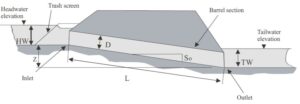
Types of culverts:
Following are the types of culverts generally used in construction:
1- Pipe Arc Culvert
The pipe-arch culvert is a simple structure that looks like a half-circle-shaped culvert.
It is suitable for larger waterway opening, but the flow should be stable where fishes can be provided with greater hydraulic advantage and they are artistic and it provides low clearance.
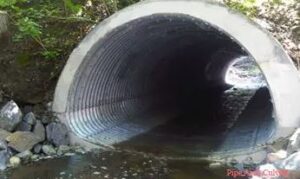
2. Box Culvert
The culverts are constructed in the form of one or more rectangular or square openings, in their top slabs.
The box culverts made up of concrete specially R.C.C. materials. They used to dispose of rainwater so, these are not useful in dry periods.
This culvert’s construction is preferable, especially in loose soil conditions, and for a larger span and also it requires a good foundation, and not be used for larger velocity.
For a single span of 3 m or for a double span of 6 m width, such type of culverts can be used. The thickness range of the R.C.C slab should be kept within 1.25 to 2.5 m.
There is a sudden change that occurs in the section of bending moment and shearing force due to the sinking of the culvert. Box culvert is a rigid frame and simple construction.
Pressure on the soil is reduced due to the bottom slab of a culvert.
Box culvert is economical due to there is no need to provide a separate foundation and also rigidity.
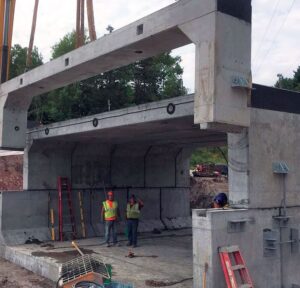
3. Arc Culvert
The arch culvert involves the construction of a superstructure its superstructure consisting of one or two segmental arches consisting of brick masonry, concrete, stone masonry is commonly used.
The arch culverts are not provided with the piers to the sides of the abutment.
Advantages Of Arc Culvert
Following are the advantages of Arc Culvert,
- The arch culvert and artificial floors both are made up of concrete.
- The pipe arch culvert and arch culvert are similar but in the case of an arch culvert, an artificial floor is provided below the arch.
- It is normally used for narrow passages.
- The arch culvert is similar to the Masonry bridges.
- The arch culvert is very easy to install.
- The arch culvert is also made of steel but it is very extortionate.
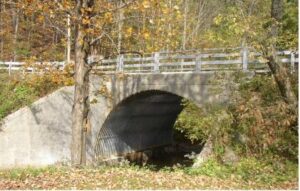
4. Pipe Culvert (Single or Multiple)
Pipe culverts are widely used culverts and rounded in shape. The culverts may be of single in number or multiple. If single pipe culvert is used then larger diameter culvert is installed. If the width of channel is greater than we will go for multiple pipe culverts. They are suitable for larger flows very well. The diameter of pipe culverts ranges from 1 meter to 6m. These are made of concrete or steel etc..
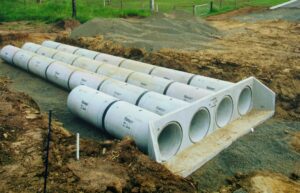
5. Bridge Culvert
Bridge culverts are provided on canals or rivers and also used as road bridges for vehicles. For this culverts a foundation is laid under the ground surface. A series of culverts are laid and pavement surface is laid on top this series of culverts. Generally these are rectangular shaped culverts these can replace the box culverts if artificial floor is not necessary.

